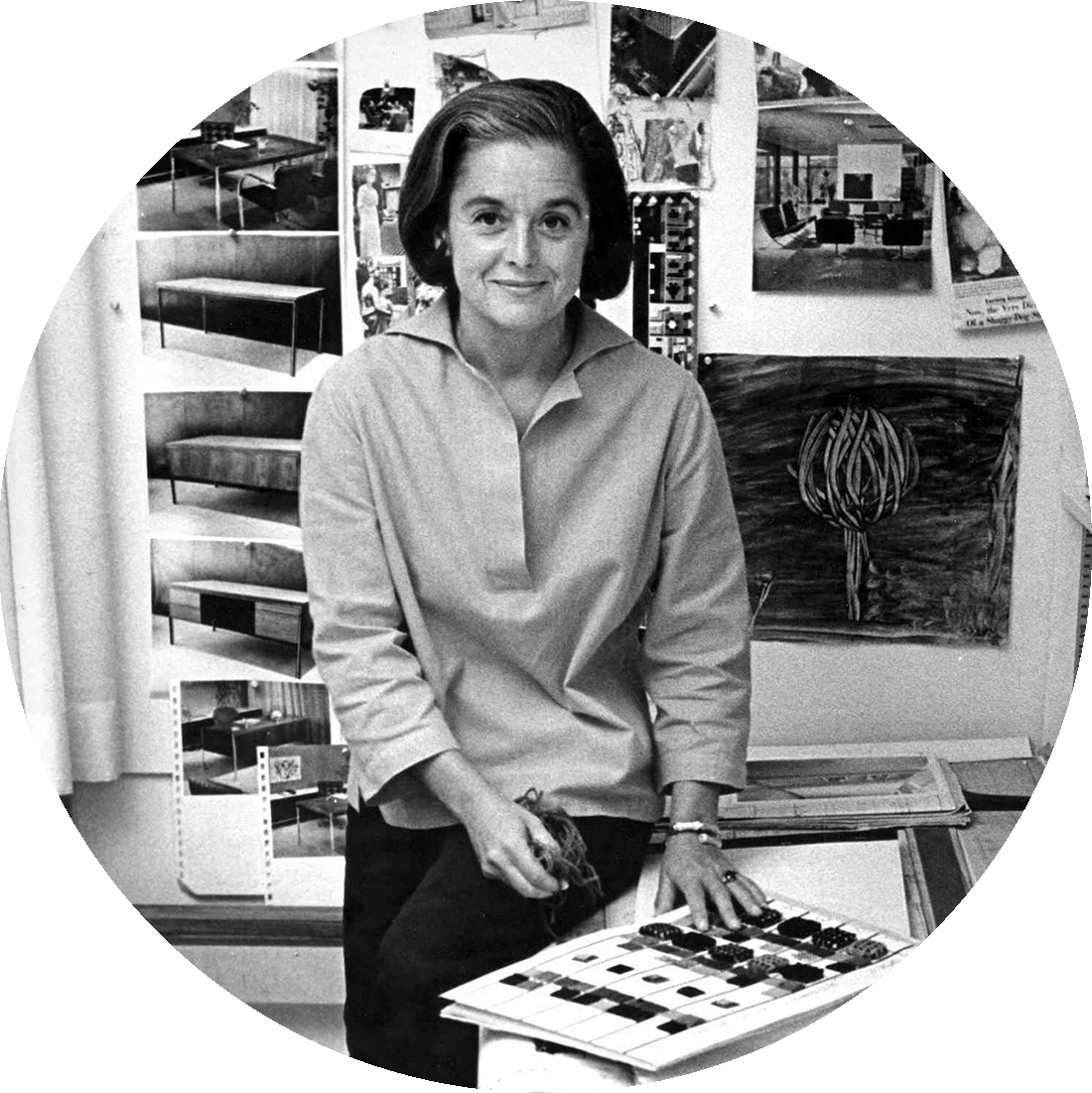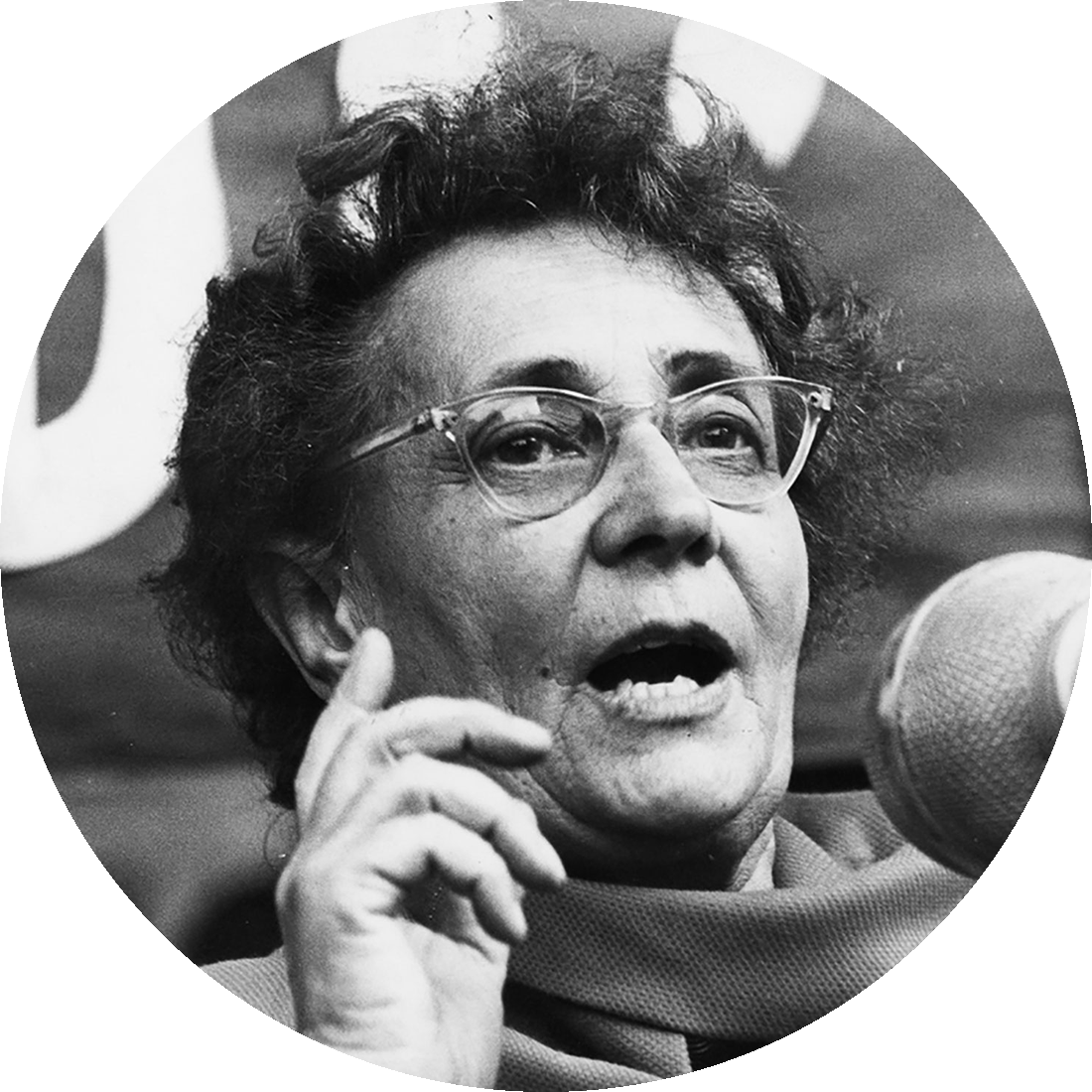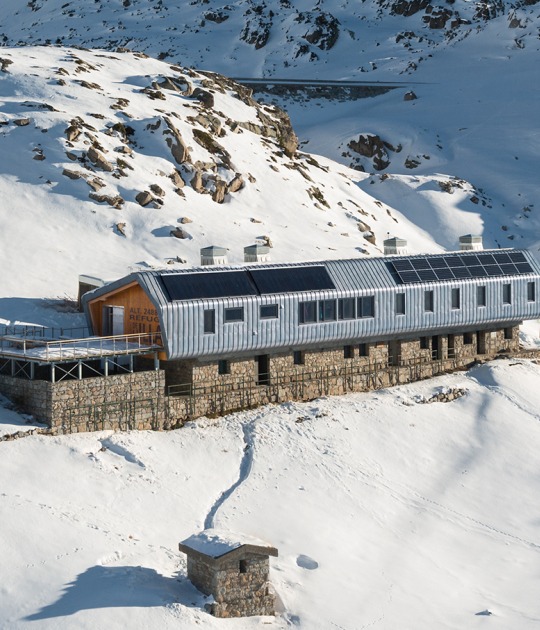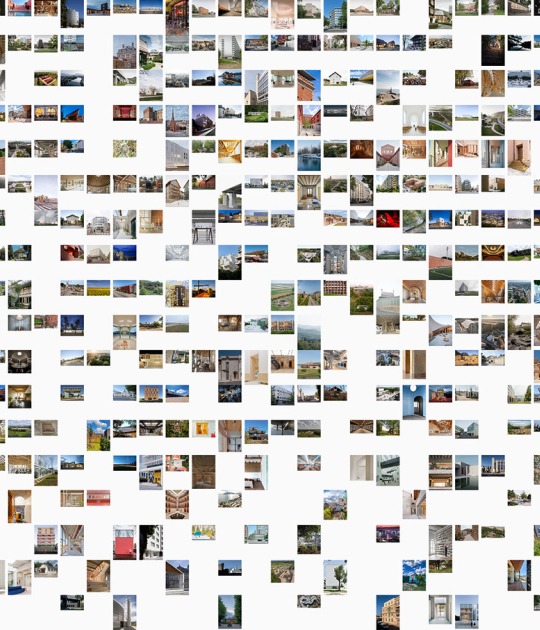The opposition to modernist ornament and the new trend towards simplicity and standardization, lead the architects to try to obtain the maximum architectural resource with the minimum element.
1. Lina Bo Bardi

This article reviews her professional career after receiving, almost thirty years after her death, the Prize for her professional career in memoriam at the 17th Venice Architecture Biennale.
Born in Rome in 1914, she moved to Milan after obtaining her degree in architecture. Following the destruction of her office during World War II, Bo Bardi, together with Bruno Zevi, founded the publication A Cultura della Vita. As a member of the Italian Communist Party, she met the critic and art historian Pietro María Bardi, with whom she would definitely move to Brazil, given the sad panorama that the war left in Italy.
In Brazil he was able to develop his career, leaving an incredible legacy of projects among which stands out, the Crystal House, the Sao Paulo Art Museum (MASP) or the Sesc Pompéia, proposals that mixed architecture with nature, to which the desire to create spaces for people was united.
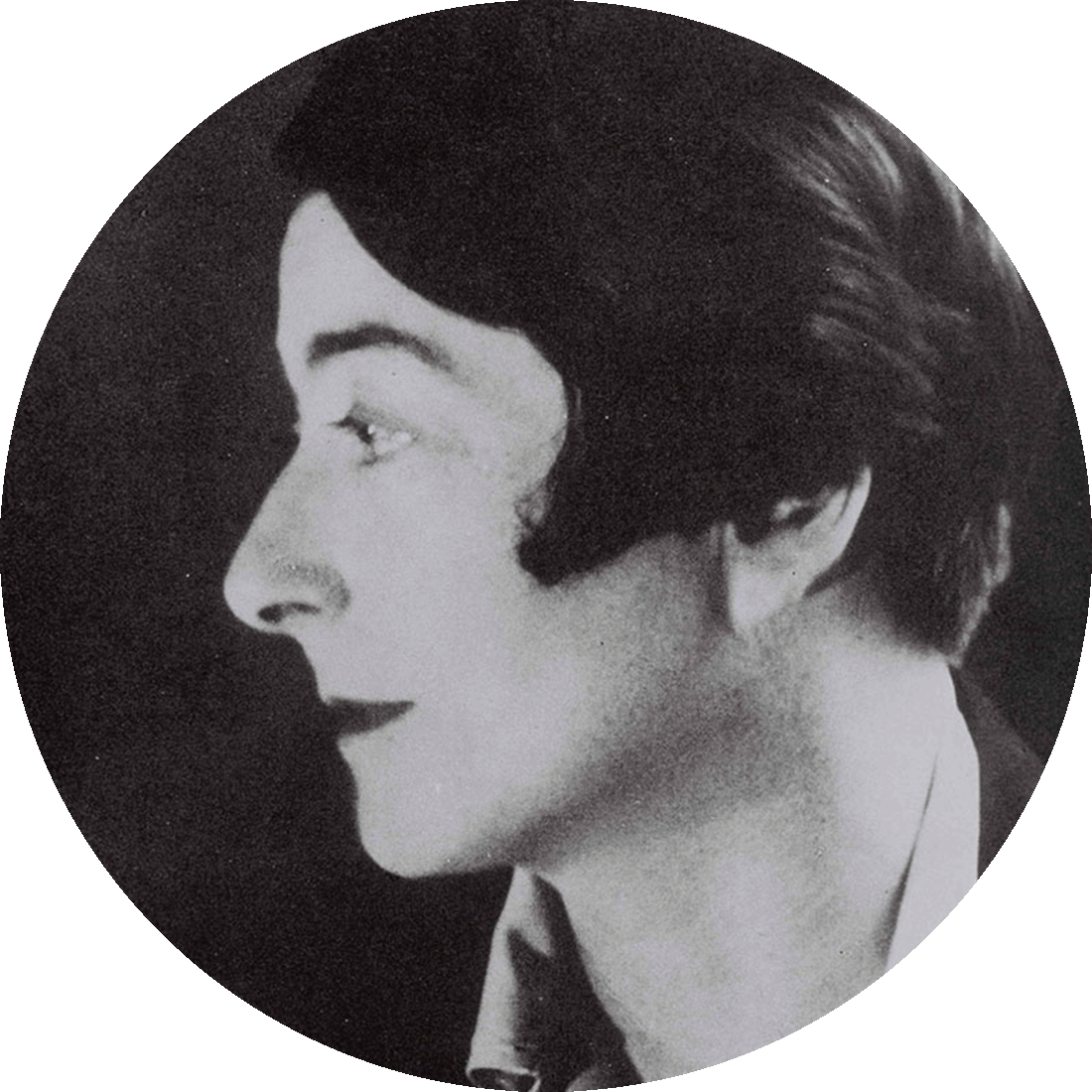
Eileen Gray was an Irish-born architect and designer, considered one of the most influential women in the architecture of the 1920s, bringing her challenging new vision of her modernism in decoration, design, and architecture.
This article is about the premiere of the documentary where Eileen Gray's long professional career is reviewed, which she began by focusing on furniture design until in 1923 she opted for architecture.
Gray's legacy spans eight decades of creative output, her accomplishments in drawing, design, architecture, furniture making, and more represent a real feat. Even so, sadly, she Gray lived many years of her life in isolation, while she was shamefully forgotten and excluded by the world of architecture and design.
It was not until 1968, when her career came to light through an article published in Domus magazine by the renowned architectural historian and critic Joseph Rykwert, that Eileen Gray became, once again, an important figure.
Florence Knoll Bassett, is considered one of the most influential figures in 20th-century design, founder of the legendary Knoll furniture company and pioneer designer of the modern concept of an open-plan office, and whose influential furniture helped change the landscape of the modern house.
This article reviews her professional career after her death at 101 years of age.
Known in family circles as "Shu", Florence Schust grew up in Saginaw, Michigan. She began her professional career with such relevant figures of modernity as Ludwig Mies van der Rohe and Eliel Saarinen, father of Eero Saarinen, and later working with Bauhaus architects such as Walter Gropius and Marcel Breuer.
In 1941, Florence met her future husband and partner, Hans Knoll, in New York, with whom she founded her furniture company. Following the ideas of the modern movement, they designed iconic furniture that became classics in all American offices, as well as designing furniture for the homes of Mies van der Rohe and other well-known modern designers.
Florence is one of the key pieces of the company, directing the Planning Unit, and she is responsible for the design. After the death of her husband, she takes the reins of the company, resigning from this position a few years later to focus on design and development.
Her contributions to Knoll and the rise of modernity in America are immeasurable, making her one of the most influential figures of the 20th century.
Marianne Brandt was a Bauhaus-trained designer and artist, where she worked with László Moholy-Nagy in the metal workshop, of which she eventually became director in 1928. This workshop was led by Johannes Itten, Lászlo Moholy-Nagy, Wilhelm Wagenfeld and our Marianne Brandt.
This article is about the Bauhaus metal workshop, in which she Brandt was the director during the last stage of the workshop, in 1928. She made 28 lamps and conducted technical experiments on lighting. Also, she focused her development on non-ferrous metals and smooth surfaces.
She developed the famous model MT 49 teapot, as well as lamps, clocks, plates, tea, and coffee sets, until 1930, the year in which the new director, Mies van der Rohe, unifies all the workshops into one.

Charles and Ray Eames were an unstoppable design force in America's middle century, and their impact is still visible today through everyday objects like chairs. They were highly influential globally, leaving a widespread legacy in the fields of architecture, film, furniture, graphics, display, and industrial design.
This article stars the Eames House, a house built by the couple, considered a National Historic Landmark in the United States that has been rehabilitated by the Comprehensive Conservation Management Plan.
Located on a coastal hill in Los Angeles' Pacific Palisades neighborhood, the Eames House stands as a glass and steel icon of modern architecture. The Eames designed the house for themselves and incorporated many novel ideas about materials, construction, and industrial design.
Wera Meyer-Waldeck, an architect trained at the Bauhaus in Dessau, Germany, between 1927 and 1932. She was a high-achieving student who began her studies at the Carpentry Workshop to finally graduate in Architecture. During her professional work, she made designs for children's playful furniture, interior design, and homes.
In this article, she refers to the professional career of the architect after obtaining her title at the Bauhaus. She was working in different studios in different countries, without fully exercising her profession.
Among the works of Meyer-Waldeck stand out the "pilot houses". They are homes in which different spaces coexist: children's bedrooms, parents' bedrooms, and common areas. She defended that the relationship between the different spaces in each house varies according to the type of family that is going to live in it.
She integrates the kitchen with the living room creating the same space for both uses, and thus whoever is in the kitchen is not isolated. Another issue will be the idea of separating the baby from the family of her parents: "she should not sleep with the parents but in the immediate vicinity." Because of that, she proposes two interconnected but independent rooms. The third point would be the loneliness that older people have in their home, giving a different way of living as a solution.
Although history is recognized primarily by the innovation of the Frankfurt kitchen, Margarete Lihotzky makes other important contributions such as the development of social housing in the postwar period, functional and dignified public centers, the configuration of cities, and pedagogical infrastructure.
This article reviews her contributions to architecture, leaving aside the Frankfurt kitchen, for which she fundamentally knows herself.
She studies at the Vienna School of Arts and Crafts, becoming the first Austrian architect. She was concerned with social architecture, reflecting on how to analyze and understand an environment before projecting and on the importance of approaching users' needs before designing.
Her long and prominent professional and political career throughout the 20th century make her not only a pioneer of rational and humanized architecture, but she is also an icon of female empowerment.
Friedl Dicker-Brandeis is a well-known Jewish artist, architect, and educator, assassinated in World War II. She was one of the most outstanding women of the Bauhaus for her artistic quality in photography, textile works, architecture, etc ...
We review in this article the work of this multidisciplinary architect and artist.
Ella Friedl Dicker she was one of the first Bauhaus students in Weimar, after starting at the Johannes Itten school in 1916. During these years she carried out works of textile design, bookbinding and participated in typography workshops. She designed costumes and scenery for major plays such as "The Merchant of Venice" by William Shakespeare.
Her works related to architecture were carried out in the studio formed with Franz Singer under the unofficial name of Atelier Singer-Dicker. They carried out a large number of projects, generally interior design of houses and premises.
Friedl Dicker is extremely versatile throughout her life and in various collaborations in the fields of painting, graphics, crafts, set design, furniture construction, and architecture.
Lotte Stam-Beese, architect and urban planner trained at the Bauhaus in Dessau (Germany) between 1926 and 1929. She was the first woman to study architecture at this school, at the hands of Hannes Meyer and later with Hans Wittwer. After her abrupt exit from the Bauhaus, she would obtain an architect degree from the Amsterdam School of Architecture.
We make in this text the urban interventions in which Lotte Stam-Beese worked, carrying out the reconstruction of Rotterdam after the Second World War. Among her urban projects in this city are the reconstructions of Pendrecht and the districts of Ommoord.
One of the most outstanding projects of Lotte Stam-Beese was the project of the Ommoord districts and it is his intervention in Pendrecht, one of the districts of Rotterdam, where, in the latter, he had to organize 6,300 homes using a series of categories spatial, which in ascending order according to their capacity were: house, group, neighborhood, district, and city.
The Ommoord districts project has great urban importance thanks to the combination of different heights and their relationship between landscape and architecture. Also, it is one of the districts where we can still observe the modern ideals of metropolitan housing in green spaces.
Gunta Stölzl is one of the most important figures of the Bauhaus, both for having been an excellent student and for having been a teacher and director of the Textile Workshops in Dessau. She was one of the outstanding women of the school thanks to her creativity, perseverance, and organizational skills.
In this article, we take a tour of the outstanding career, which begins at the Bauhaus. Gunta Stölzl began her career at the German school when she took the preliminary course at the Bauhaus in Weimar in 1919 under Johannes Itten. The following year she entered school as a student in the textile workshop, where she studied for six years.
Gunta eventually becomes the director of the textile workshop, where she put into practice the ideas of modern art that she acquired in the classes of Johannes Itten (color theory), Paul Klee (visual thinking), and Wassily Kandinsky (abstract art) in a new practice. of tissue.


